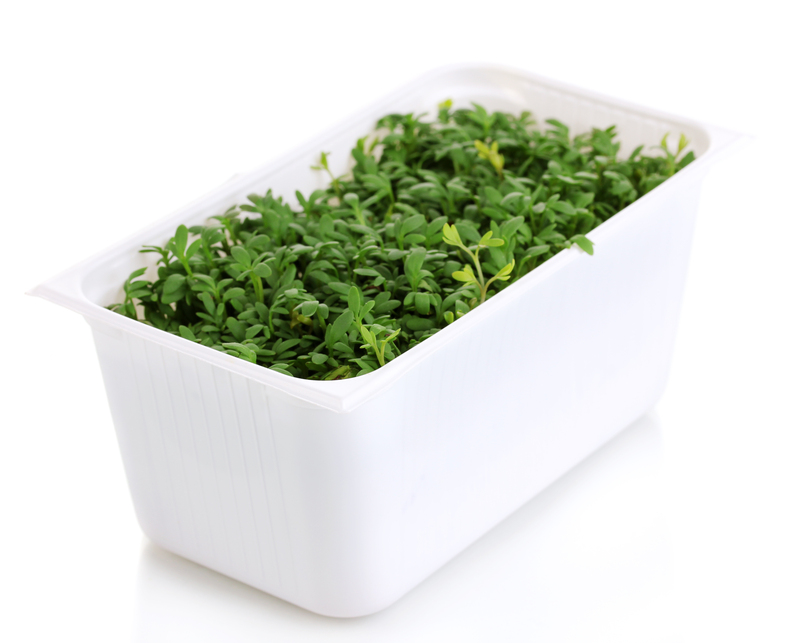Rescue Rusty Tools and Turn Them Into Functional Decor: Breathe New Life Into Forgotten Pieces
There's something uniquely fulfilling about taking rusty old tools that are collecting dust in your shed or garage and transforming them into gorgeous, practical home decor. If you've been looking for a creative, eco-friendly DIY project that combines vintage charm with modern functionality, learning how to rescue rusty tools and turn them into functional decor is the perfect solution.
Why Rescue Rusty Tools?
- Eco-Friendly Upcycling: Reusing old tools helps reduce waste and landfill clutter, benefiting the environment.
- Preservation of History: Many antique tools have stories to tell. Restoring and redecorating them helps keep history relevant and admired.
- Customizable Home Decor: Each tool is unique, making your finished decor pieces one-of-a-kind showstoppers.
- Budget-Friendly: Upcycling rusty hand tools is much cheaper than buying new decor items or furniture pieces.
- Functional Beauty: Transformed tools can serve practical roles in your home, garden, or office.

How To Find Tools For Upcycling Projects
Before you transform rusty tools into decor, you need to find the perfect candidates. Explore these sources for hidden treasures:
- Garage sales and flea markets are packed with vintage tools for pennies.
- Check your own basement, attic, or garage for forgotten implements.
- Online marketplaces (Facebook Marketplace, Craigslist, eBay) often list bulk lots of old tools.
- Ask family, friends, or neighbors if they have neglected tools they're willing to give away.
Cleaning and Preparing Rusty Tools For Decor
The most crucial step in converting rusty tools into functional decor is cleaning and restoring them. Follow these expert tips to ensure your tools are safe, beautiful, and ready for their new purpose:
Step 1: Assess the Tool
- Inspect for structural damage and decide if the tool can be safely used or is best suited for display only.
- Look for unique features that could inspire your design plan.
Step 2: Remove Loose Dirt and Debris
- Use a stiff brush, soap, and water to scrub away surface grime.
- Dry thoroughly to prevent further corrosion.
Step 3: Eliminate Rust
- Vinegar soak: Submerge hand tools in white vinegar overnight, then scrub off loosened rust with steel wool or a wire brush.
- For stubborn rust, try a commercial rust remover or a paste made of baking soda and water.
- Always wear gloves and eye protection during this process.
Step 4: Neutralize and Protect
- After de-rusting, neutralize any remaining vinegar with a rinse of baking soda water.
- Let tools dry fully, then lightly oil metal surfaces to ward off future rust.
- For wood handles, apply a coat of boiled linseed oil or furniture wax for restoration and protection.
Creative Ideas for Transforming Reclaimed Tools Into Functional Decor
Now comes the fun part! With your tools cleaned and restored, it's time to transform them. Here are some inspiring ways to rescue rusty tools and turn them into functional home decor:
1. Industrial Wall Hooks
Wrenches, pliers, and garden trowels can make sturdy, stylish wall hooks. Simply bend the handles slightly, screw them onto a wooden plank, and mount on the wall in entryways or as a creative coat rack. These hooks add rustic charm and authentic vintage character to any room.
2. Upcycled Tool Lamps and Lighting Fixtures
Pipe wrenches, hand drills, and saw blades serve as excellent lamp bases or pendant lighting fixtures. Pair with Edison bulbs and metal shades for an industrial look. Safety tip: Consult an electrician for wiring projects to ensure safety.
3. Garden Tool Organizers
Repurpose an old rake head into a convenient wine glass or mug holder by mounting it on your kitchen wall. Large hoe or shovel heads, when mounted horizontally, make great storage racks for gardening gloves, tools, or even hats and scarves.
4. Tool Drawer Pulls and Handles
Give cabinets, dressers, or tool chests a unique update with vintage tool handles as pulls. Old socket wrenches, pliers, or even small hammers attached as hardware instantly elevate your furniture in a bold, creative way.
5. Quirky Tool Clocks
Create a one-of-a-kind wall clock by using a saw blade, large gear, or even a horseshoe as the clock face. Attach clock hands and a battery mechanism, and you have a functional piece of art perfect for garages, workshops or kitchens.
6. Rustic Picture or Mirror Frames
Frame your favorite photos or mirrors by attaching small hand tools such as spanners, chisels, or screwdrivers around an old wooden frame. This creates a bold, textured look that's perfect for a man cave, office, or entryway.
7. Outdoor Decor: Birdhouses and Planters
Toolbox and watering can planters or birdhouses built from unused tool handles and heads bring whimsy to your garden while being highly functional. Use natural, nontoxic finishes for outdoor use.
8. Vintage Tool Art Sculptures
Weld or glue together various old tools - such as wrenches, hammers, and screws - to create sculptures or wall art. Display them as conversation pieces in your living space or workshop.
How To Maintain Tool-Inspired Decor
To ensure your rescued and upcycled tools turned decor remain as stunning as the day you created them, proper maintenance is essential:
- Dust regularly with a microfiber cloth to prevent grime buildup.
- Apply a thin layer of oil (like WD-40, mineral, or linseed oil) to metal components every few months to protect from moisture and rust.
- Check hardware and mounts periodically to keep fixtures secure and safe.
- If used outdoors, reapply weatherproof finishes annually for longevity.
Tips for Designing with Repurposed Tool Decor
Functional tool decor merges the lines between art, history, and utility. Here are some popular tips and themes to keep in mind as you design:
- Industrial chic: Pair reclaimed tools with concrete, exposed brick, or dark woods for a striking contrast.
- Farmhouse style: Use vintage gardening implements and wooden-handled tools with whitewashed finishes for a cozy, rustic feel.
- Conversation starters: Choose unusual or rare tools for high-traffic spaces to intrigue guests and ignite storytelling.
- Mix and match: Combine tool decor with other upcycled items like gears, pipes, and barn wood for a cohesive, unique look.
Safety and Best Practices For Upcycling Tools
While turning rusty tools into decorative objects is rewarding, always prioritize safety:
- Wear gloves, goggles, and masks when working with rust, chemicals, or power tools.
- Ensure all sharp edges are dulled or safely covered, especially for pieces that will be handled or displayed within reach of children.
- If incorporating tools into furniture or fixtures, double in-check for stability and load-bearing capacity.
- Never use tool decor for food preparation surfaces or where it may contaminate food/drink unless sealed properly.
The Environmental Impact of Upcycling Rusty Tools
By choosing to rescue, restore, and repurpose old tools, you are taking meaningful steps toward environmental sustainability.
Upcycling helps cut down on landfill waste, reduces the demand for new materials, and honors the craftsmanship of earlier generations.
Getting The Whole Family Involved
Rescuing rusty tools and creating functional decor can be a delightful team project for the whole family. Kids can help pick out tools and brainstorm ideas, while adults handle the more complex aspects of restoration. Working together not only teaches valuable DIY skills and environmental responsibility but also fosters family bonding and creativity.

Frequently Asked Questions About Turning Rusty Tools Into Decor
- Can all rusty tools be saved and upcycled?
Most tools can be reclaimed, but those with significant structural damage (cracks, breakage) are safer used as display-only decor rather than functional pieces. - What should I do if the tool has sentimental or historical value?
For antiques or heirlooms, consult a professional restorer before any cleaning or repurposing. - Do I need specialized tools to upcycle old hardware?
Basic hand tools (pliers, screwdriver, sandpaper, wire brush) and common household supplies are often enough for most projects. - What kind of paint or finish should I use?
Always use rust-inhibiting primers and paints suitable for metal. For wooden parts, opt for non-toxic, indoor-safe finishes, especially if the decor will be indoors. - Are there resources or communities for inspiration?
Yes! Search Pinterest, Instagram, and tool collector forums for creative ideas and step-by-step guides.
Conclusion: From Rusty Relics to Showcase Pieces
Whether you're a seasoned DIY enthusiast or just starting, there's something magical about reviving throwaway tools and transforming them into functional decor with a rich story. From practical wall hooks and lighting to stunning industrial art sculptures, the possibilities are as endless as your imagination.
If you're looking for your next sustainable project, remember: Rescuing rusty tools and turning them into functional decor is not only a way to express creativity but also a means to elevate your space, preserve history, and cherish the beauty of useful things. So dive in, get your hands dirty, and turn rust into gold--one tool at a time!